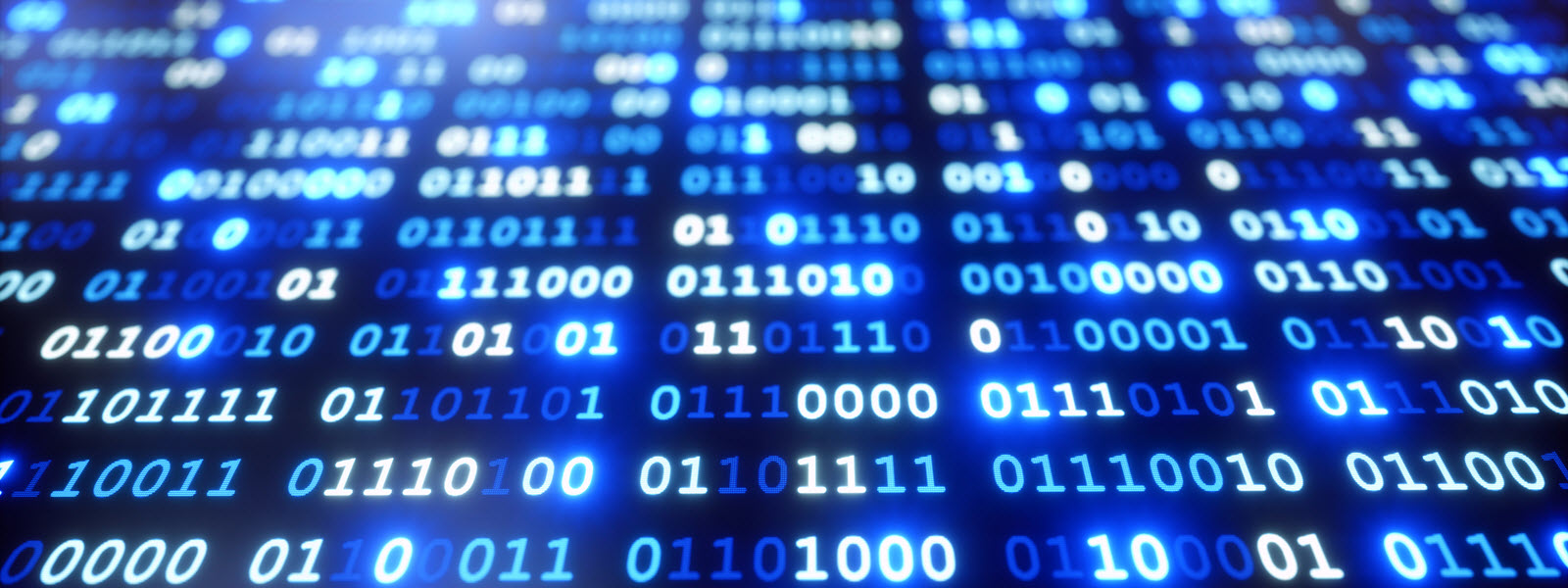In simplest terms, blockchain is a technology that enables value to be transferred using only software; that is, without the need for trusted intermediaries. It is a record-keeping system where transactions are executed, validated, and recorded publicly.
Let’s break down blockchain:
1. Blockchain is the technology behind bitcoin, the electronic currency. It is not the currency itself.
2. A transaction that is blockchain-enabled can be a payment asset or any asset that can be stored, distributed, or transacted.
3. The technology is based on cryptographic mathematical equations, making transactions virtually un-hackable.
4. Transactions are recorded on each ‘node’ or computer on the network, making it a decentralized ledger.
5. Each transaction is added to the previous transaction, as well as the next transaction in the decentralized ledger that everyone in the network can see, making the transaction immutable (i.e., it cannot be changed).
6. Groups of transactions are stored in information blocks, and each block is “chained” to the previous and next group of transactions in the ledger.
7. A network that is blockchain-enabled eliminates the need for intermediaries in a transaction. This is the heart of the opportunity (or some may say the threat) that is the technology.
Get the Guide
If you are interested in learning more, download our new guide,“Getting Ahead with Blockchain in Financial Services.”
On-Demand Webinar
Many organizations are finding blockchain to be as confusing as it is promising. We cut through the hype and shared a practical way to get started, including how to determine where it fits within your organization. We covered the following in our on-demand webinar:
- Why adopt the technology?
- What makes a good use case?
- What are some specific industry applications?
- What are the best practices for getting started?

